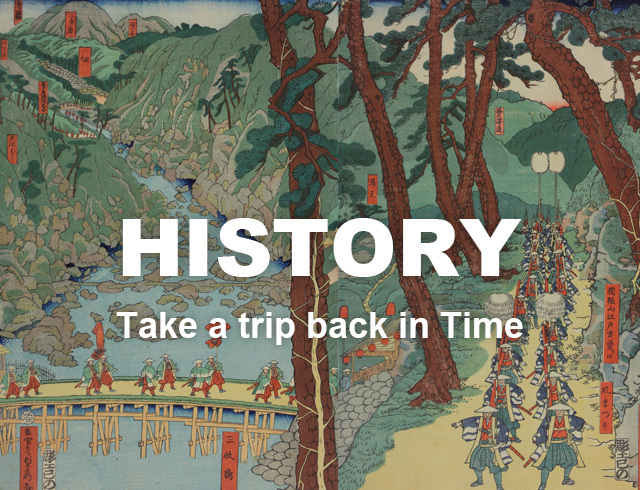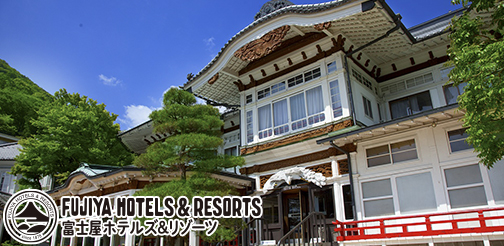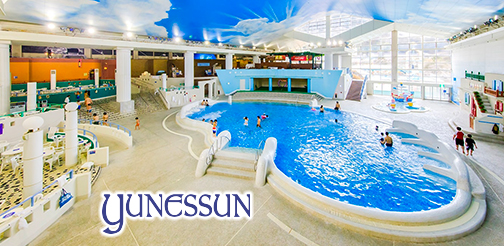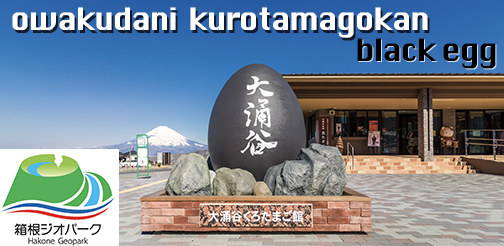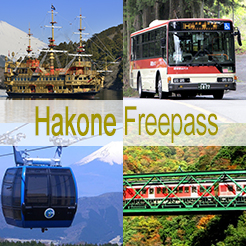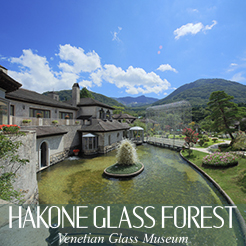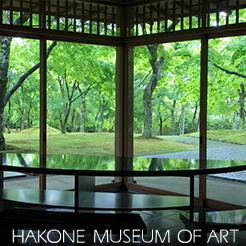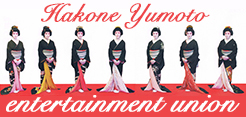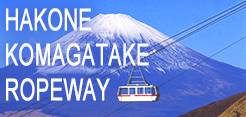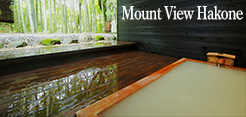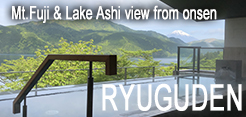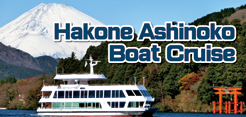People have been bathing in the hot springs of Hakone since at least the eighth century, but knowledge of the claimed healing qualities of the waters became widespread in the Edo period (1603–1867). A guide to Hakone dating back to 1811 that describes the seven onsen is the oldest known record classifying the hot springs of Yumoto, Tonosawa, Dogashima, Miyanoshita, Sokokura, Kiga, and Ashinoyu. The guide spelled out their respective properties, such as smell, taste, and temperature, as well as the purported therapeutic effects of each.
Advances in exploration technology led to the discovery of new springs in the Meiji era (1868–1912), expanding the list first to nine onsen, then to 12, including those of Gora and Kowakudani. More and more wells were dug in the 1930s, when the technology for drawing hot spring water from deep underground had improved. An increasing number of hot springs were named and described, but the “onsen rush” also changed the criteria for classification. There are officially 17 hot springs in Hakone today, but they are now categorized only by place, as specified by the hotels and ryokan inns in the area, rather than according to any real differences in mineral or other properties.
This English-language text was created by the Japan Tourism Agency.

